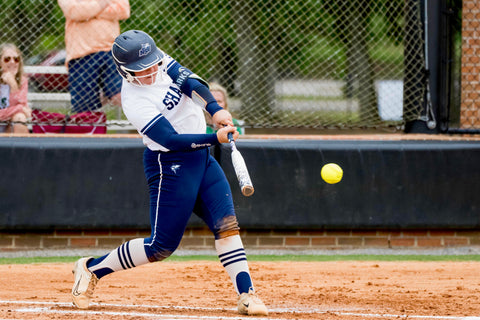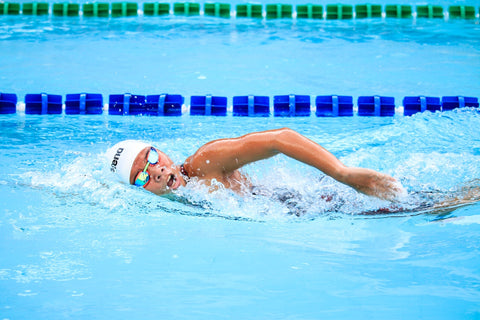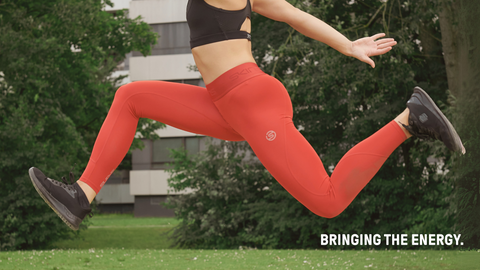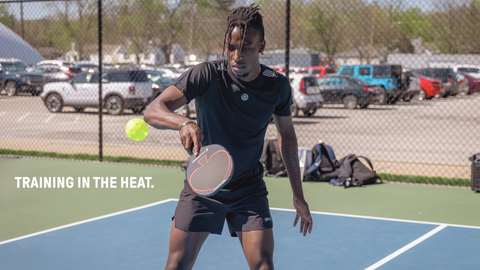As any serious softball player knows, having the right gear can make all the difference in performance and injury prevention. Among the essential items, compression wear has emerged as a key component for athletes looking to enhance their game. In this blog, we’ll discuss how to build a complete gear bag with compression wear as a foundational element, highlighting its unique benefits and scientific backing.
The Importance of a Well-Equipped Gear Bag
A well-thought-out gear bag not only includes bats and gloves but also essential apparel that supports performance and recovery. Compression wear should be prioritized for its numerous benefits in injury prevention, muscle support, and overall comfort.
1. Understanding Compression Wear
Compression garments fit tightly against the skin, applying graduated pressure to various muscle groups. This design improves circulation, enhances proprioception (the body’s ability to sense its position), and offers support to key areas prone to injury, such as the shoulders, elbows, and knees.
Studies have shown that compression wear can lead to better muscle function and reduce fatigue during prolonged activities. A systematic review published in the International Journal of Sports Physiology and Performance concluded that compression garments could help athletes maintain performance over longer durations while also facilitating quicker recovery post-exercise.
2. Key Compression Items for Your Gear Bag
To maximize the benefits of compression wear, consider including the following items in your gear bag:
- Compression Sleeves: Ideal for pitchers and fielders, sleeves provide support to the arms, reducing muscle vibration and potential fatigue. Research indicates that wearing arm sleeves can help enhance performance by stabilizing muscles during intense throwing motions.
- Compression Shorts: These are essential for maintaining muscle temperature and support during dynamic movements like running and sliding. A study in the Journal of Strength and Conditioning Research found that athletes who wore compression shorts reported less muscle soreness post-activity.
- Compression Socks: Socks help improve blood flow to the legs, which is vital for maintaining endurance during long games. Compression socks can reduce the risk of lower limb injuries and improve recovery times after strenuous activities.
3. Incorporating Compression into Your Training Routine
Integrating compression wear into both training and game days is essential for maximizing its benefits. Here are some tips:
- Pre-Game Warm-Up: Wear compression gear during warm-ups to increase muscle temperature and flexibility. This can help prepare your muscles for high-intensity activity and reduce injury risks.
- During the Game: Keep your compression wear on throughout the game to maintain muscle support and minimize fatigue. The added pressure helps stabilize muscles, allowing for more powerful and controlled movements.
- Post-Game Recovery: Don’t underestimate the importance of recovery. Wearing compression garments after games can help reduce swelling and speed up the recovery process, allowing you to return to training sooner.






